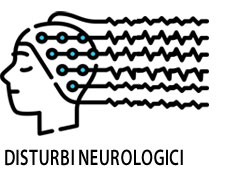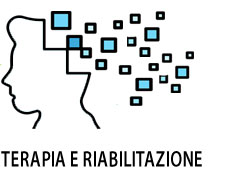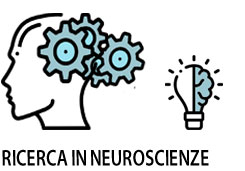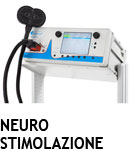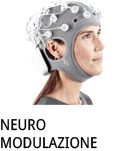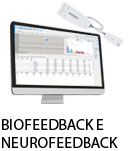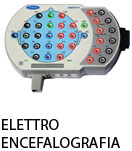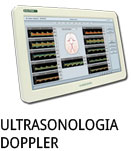- +39 011 5821948
- info@geasoluzioni.it
- Lun - Ven 8:00 - 17:00
Transcranial magnetic stimulation in obsessive-compulsive disorder: A focus on network mechanisms and state dependence.
- Abstract:
- BACKGROUND: Transcranial magnetic stimulation (TMS) is a non-invasive brain stimulation technique that has shown promise as an adjunct treatment for the symptoms of Obsessive-Compulsive Disorder (OCD). Establishing a clear clinical role for TMS in the treatment of OCD is contingent upon evidence of significant efficacy and reliability in reducing symptoms. OBJECTIVES: We present the basic principles supporting the effects of TMS on brain activity with a focus on network-based theories of brain function. We discuss the promises and pitfalls of this technique as a means of modulating brain activity and reducing OCD symptoms. METHODS: Synthesis of trends and critical perspective on the potential benefits and limitations of TMS interventions in OCD. FINDINGS: Our critical synthesis suggests the need to better quantify the role of TMS in a clinical setting. The context in which the stimulation is performed, the neural principles supporting the effects of local stimulation on brain networks, and the heterogeneity of neuroanatomy are often overlooked in the clinical application of TMS. The lack of consideration of these factors may partly explain the variable efficacy of TMS interventions for OCD symptoms. CONCLUSIONS: Results from existing clinical studies and emerging knowledge about the effects of TMS on brain networks are encouraging but also highlight the need for further research into the use of TMS as a means of selectively normalising OCD brain network dynamics and reducing related symptoms. The combination of neuroimaging, computational modelling, and behavioural protocols known to engage brain networks affected by OCD has the potential to improve the precision and therapeutic efficacy of TMS interventions. The efficacy of this multimodal approach remains, however, to be established and its effective translation in clinical contexts presents technical and implementation challenges. Addressing these practical, scientific and technical issues is required to assess whether OCD can take its place alongside major depressive disorder as an indication for the use of TMS.
- Patologie/Applicazioni:
- Anno:
- 2018
- Tipo di pubblicazione:
- Articolo
- Parola chiave:
- stimolazione magnetica transcranica; disturbo ossessivo compulsivo; corteccia frontotemporale
- Testata scientifica:
- Neuro image:clinical
- Nota:
- Si discutono gli aspetti incoraggianti e le insidie di questa tecnica come mezzo per modulare l'attività cerebrale e ridurre i sintomi del OCD. Sarebbero necessarie ulteriori ricerche sull'uso della TMS come mezzo per normalizzare selettivamente le dinamiche della rete cerebrale OCD e ridurne i sintomi correlati.
- DOI:
- 10.1016/j.nicl.2018.05.029
Hits: 2448
La nostra storia
GEA soluzioni si affaccia nel 2013 al mercato della strumentazione medicale di alto livello tecnologico ma la sua storia parte da più lontano, clicca qui per approfondire.
GEA SOLUZIONI SRL
via Spalato 72/A, Torino
Tel.: 011 5821948 / 011 4463853
Fax: 011 0433281
Email: info @ geasoluzioni.it
P. IVA IT11696920013
REA TO1233648

